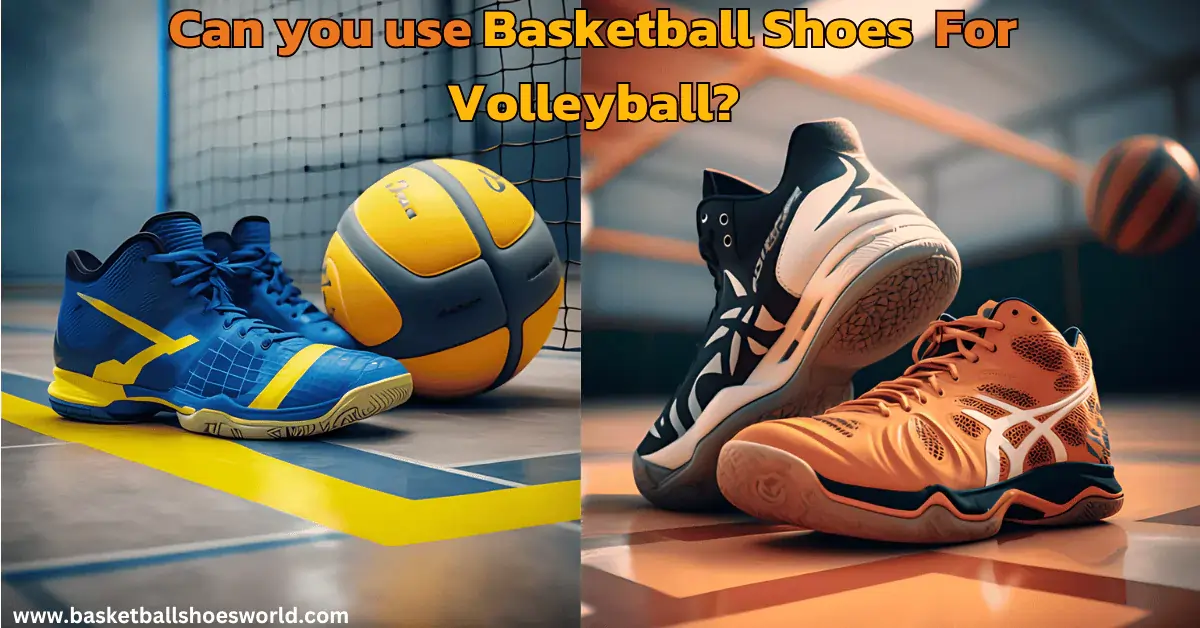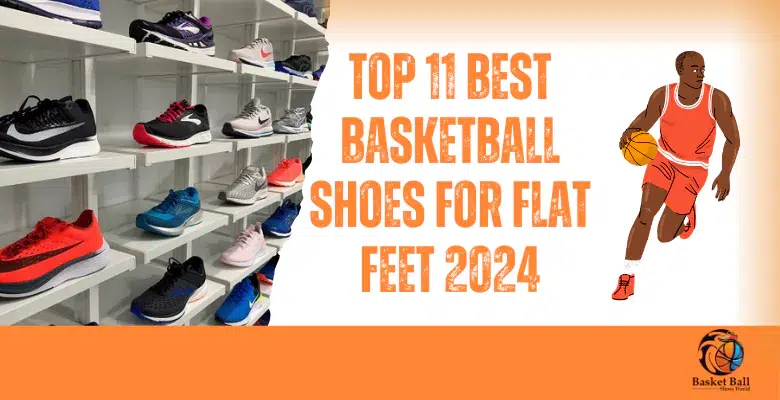As a seasoned basketball professional, I’ve spent countless hours on the court, racking up miles of movement and explosive jumps. But when a volleyball game beckons, a question arises: can my trusty basketball Shoes handle the demands of a different sport?
The answer, like a well-placed spike, is a nuanced one. Let’s delve deeper into the court to understand the key differences between these sports and how they impact footwear choices.
Table of Contents
Court Chaos: Understanding the Playing Field
The battleground for these two sports is where the story begins. Basketball takes place on a hardwood floor, a dusty surface that demands excellent traction to prevent slips and slides. Volleyball courts, on the other hand, are typically cleaner and made of materials like wood, rubber, or synthetic composites. This difference is crucial, as best basketball shoes often have a stronger, multi-directional tread pattern designed to grip the hardwood, which might be excessive for the cleaner volleyball court.
Movement Matters: Jumps vs. Jukes
Now, let’s talk about the athletes’ movements themselves. Basketball is a game of explosive power. Players constantly jump, pivot, and change directions, demanding shoes with exceptional shock absorption to cushion landings and protect joints. Volleyball, while featuring its fair share of jumping, emphasizes agility and lateral movements like lunges, dives, and quick direction changes. Here, flexibility and court feel become paramount.
The Shoe Showdown: Why Basketball Kicks Might Not Be the Perfect Fit
While basketball shoes offer undeniable support, their design choices might not translate perfectly to the volleyball court. Here’s why:
- Cushioning Overload: Basketball shoes prioritize impact absorption for high jumps. This can be overkill for volleyball, where the focus is on quick side-to-side movements. The extra cushioning can hinder court feel and responsiveness.
- Ankle Support – A Double-Edged Sword: High-top basketball shoes provide excellent ankle support, but for volleyball’s dynamic movements, this support can restrict crucial ankle mobility, hindering agility and potentially increasing the risk of rolled ankles.
- Traction Tango: As mentioned earlier, the aggressive traction patterns of basketball shoes might be unnecessary and even counterproductive on a clean volleyball court. They can cause the player to “stick” to the court, hindering quick footwork.
However, there’s a silver lining!
When Basketball Shoes Can Step Up to the Challenge
For casual volleyball play with friends, a low-top basketball shoe might suffice. These offer a balance of some support without sacrificing too much mobility. Ultimately, for casual play, comfort might be a bigger concern than having every volleyball-specific feature.
Why Volleyball Shoes are the True MVPs
Now, let’s talk about the champion in this footwear face-off: volleyball shoes. These are meticulously designed for the specific demands of the sport, offering several key advantages:
- Movement Masters: Volleyball shoes are built with flexibility and a court feel in mind. They allow for explosive jumps while also supporting the quick changes of direction and lateral movements that are essential for success.
- Supportive Stability: Unlike the potentially restrictive high-tops of basketball shoes, volleyball shoes often feature a mid-cut design (Attribute: Mid-Cut Design) that provides optimal ankle support without compromising mobility.
- Court-Specific Traction: Volleyball shoes have a traction pattern specifically designed for the cleaner court surfaces used in the sport. This ensures excellent grip without causing the player to stick excessively to the court.
By choosing volleyball-specific shoes, you’re investing in performance, safety, and a more enjoyable playing experience.
The Final Spike
So, can basketball shoes be used for volleyball? In a pinch, for casual play, a low-top basketball shoe might be okay. But for serious volleyball players, investing in proper volleyball shoes is a slam dunk. These shoes will optimize your performance, minimize the risk of injury, and help you unleash your inner volleyball champion.
If pure volleyball shoes aren’t readily available, consider court-specific cross-training shoes that offer a good balance of features for various indoor court activities. Don’t hesitate to consult with a professional at a sporting goods store for personalized recommendations based on your playing style and needs.






